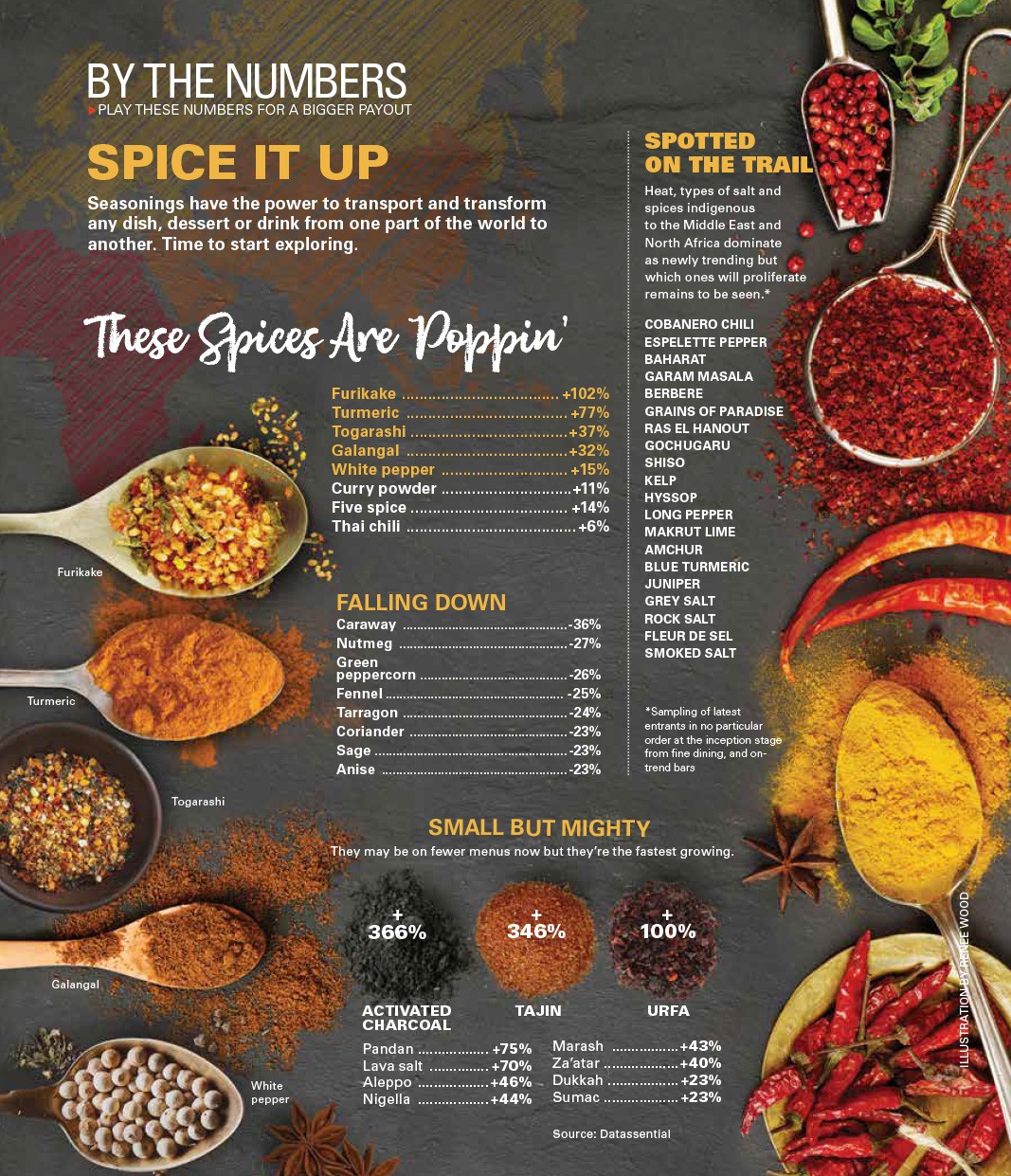Jute Straight
What you need to know about the next nutritional powerhouse
 An unfamiliar or at least underutilized ingredient doesn’t surface often, but sometimes perfect timing is all it needs. That’s the case with jute, a leafy green nutritional powerhouse.
An unfamiliar or at least underutilized ingredient doesn’t surface often, but sometimes perfect timing is all it needs. That’s the case with jute, a leafy green nutritional powerhouse.
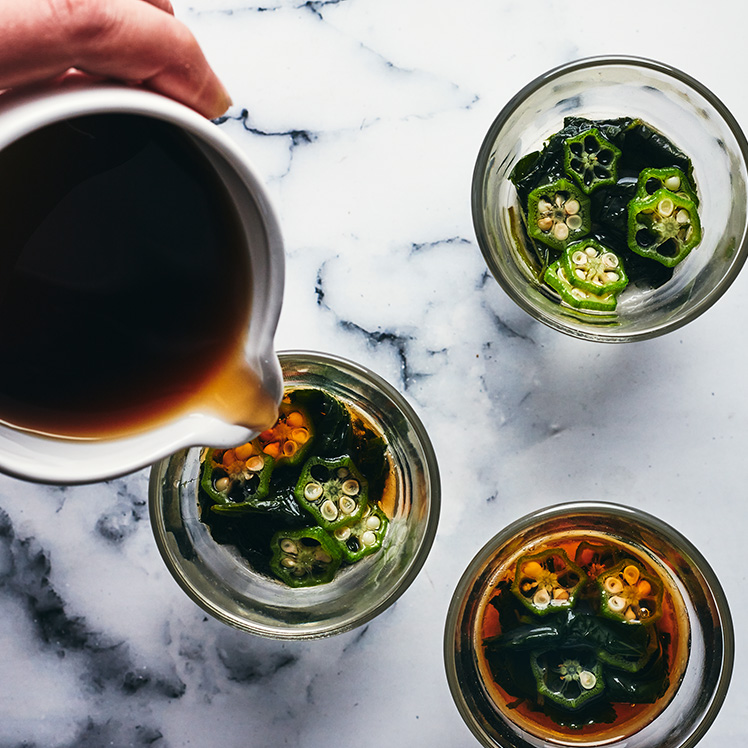 Best known in home cooking, from the Philippines and Nigeria to the Middle East and Vietnam, jute is packed with fiber, iron, beta carotene, calcium and vitamins A, C and E. At a time when Americans want to eat healthier and plant-based foods are on the rise, jute is poised to break out as the next kale.
Best known in home cooking, from the Philippines and Nigeria to the Middle East and Vietnam, jute is packed with fiber, iron, beta carotene, calcium and vitamins A, C and E. At a time when Americans want to eat healthier and plant-based foods are on the rise, jute is poised to break out as the next kale.
JUTE IS EARTHIER THAN SPINACH ... SO IT RELIES ON SPICES, SAUCES AND AROMATICS TO ADD FLAVOR.”
—Chef Tezeta Alemayehu of T&T LifestyleJute leaves are also known as Egyptian spinach, West African sorrel, saluyot in the Philippines, ewedu in Nigeria or lalo in the Caribbean, and they have been a food staple since ancient times among Jews and Egyptians. While jute leaves can be brewed as a tea, eaten with a starch or cooked in a stew, they also can simply be added to a smoothie or tossed in a salad to provide a nutritional boost (think upsell). Jute wilts like spinach but produces a similar mucilage to okra when it’s frozen or cooked. A quick sauté with ginger and garlic or seasoned with soy sauce and a dash of citrus juice makes for a solid side or component for another dish.
Recipes from this article:
Chef Tezeta Alemayehu of T&T Lifestyle restaurant in Los Angeles says jute leaves are a more nutritious, albeit higher-priced, alternative to spinach. She uses it in several dishes, including enkulal firfir, a vegan breakfast scramble with extra firm tofu and fresh vegetables.
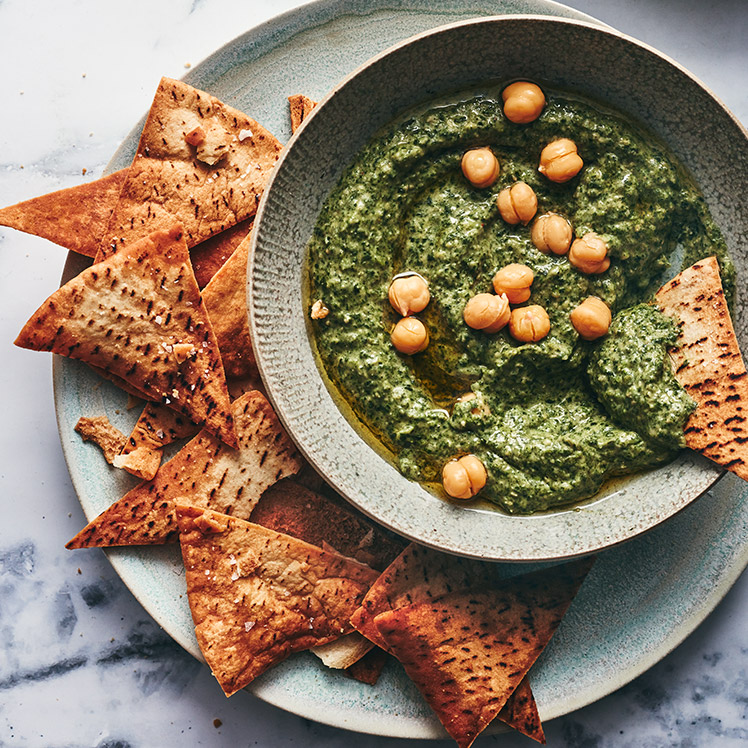
“Jute is earthier than spinach, and it’s bitter, so it relies on spices, sauces and aromatics to add flavor,” she explains. “Texture-wise, jute is closer to basil, whereas spinach is softer and more delicate.” Alemayehu also blends jute with basil and garbanzo beans to make a forest green hummus that she serves with housemade pita chips, and even makes savory power green pancakes with jute leaves, oat flour and bananas that she serves with breakfast scrambles.
For his pop-up restaurants in Seattle, chef Shota Nakajima blanches and marinates jute leaves with Japanese okra to make aomi-dashi, and pairs the refreshing chilled broth with grated mountain yams.
“I love serving this to begin a meal in the summertime,” he says. “It instantly cools you down as a starter.” Nakajima will prep a batch of dashi to use for a few days. The first day, it works as a clear soup, but by day three, he’ll use it for braising or to make a miso soup.
“I love the slime, so I embrace it,” Nakajima says. Marinating jute leaves overnight brings out the mucilage for a richer, more viscous soup.

“The mucilage acts as a great canvas for flavors to adhere to,” says chef Carlo Lamagna of Magna in Portland, Oregon. “The longer you cook them, the more the cellular structure breaks down and the more it releases its mucilage. Definitely experiment until the desired texture is achieved.”
At Magna, he uses fresh or frozen saluyot leaves in dinengdeng, a Filipino soup made with vegetables and fried or cured fish.
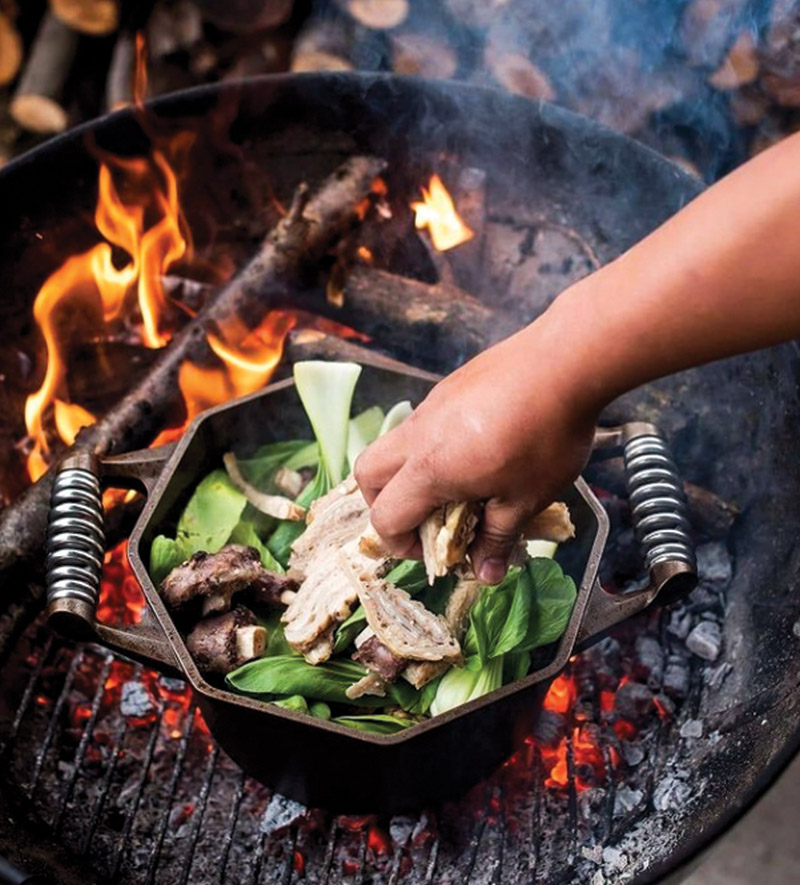
“Enjoying saluyot is a textural experience,” says chef Aimee Arcilla, co-founder of Hunnybee, a weekly Filipino pop-up restaurant in San Francisco. “If you’re not familiar with it, it can be an acquired taste.” Arcilla uses frozen jute leaves, which she says are easier to find than fresh ones in Bay Area Asian grocery stores, to make dinengdeng.
Jute by Any Other Name Would Be As Powerful
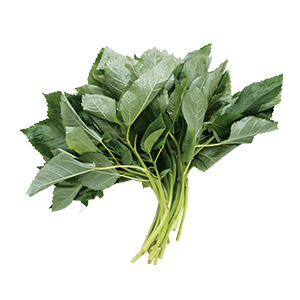 Ask a vendor about jute, and you may get a quizzical look. Try a different name, and the response will likely be different. The green with the wide, slightly jagged edges is also known as:
Ask a vendor about jute, and you may get a quizzical look. Try a different name, and the response will likely be different. The green with the wide, slightly jagged edges is also known as:
- Egyptian spinach or melokhia
- in Africa and the Middle East
- Ewedu in Nigeria
- Jute mallow in Japan and Korea
- Lalo in the Caribbean
- Rau day in Vietnam
- Saluyot in the Philippines
- Sorrel in West Africa



